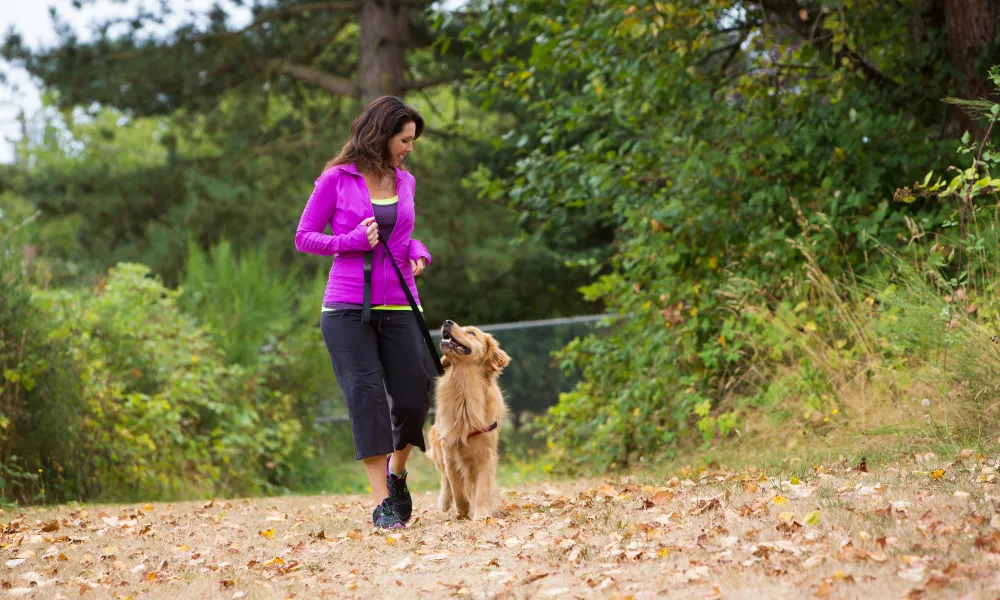I had the opportunity to experience recovery from a TKA through the eyes of a close family member, who I, as a joint replacement surgeon was the primary caregiver. This experience gave me a new appreciation of what our patients experience in the weeks after TKR. I will break this up into segments: pre-op, day of surgery and the first day of recovery, day 2- day 6, and weeks 2-6.
By week two, it is often that the patient’s support-help has gone back to work. I had to go back to doing joint replacement surgery, while my patient had to fare for herself most of the day. Friends/family would take her to and from the physical therapy appointments. She started using a cane for short walks. She worked diligently on getting the knee extended (all the way straight) to 0 degrees and her flexion was more than 110 degrees. She worked on a range of motion exercises 4-5 times a day along with weight of leg exercises. We avoided lifting weights for the first four weeks, adding lightweight, high repetition exercises after that.
By day 10, she stopped taking narcotics, instead using Aspirin for blood thinning and Tylenol and anti-inflammatory medications for the pain. The ice machine and elevation continued to be a big help (up to week six). Additionally, she started riding a stationary bike in week three and was back doing many exercises at her gym by week six.
So, for guidance, I’ll share some milestones (results may vary as not everyone has a joint replacement surgeon as a caregiver):
Range of motion week one: 5 to 95 degrees; week two: 3 to 105; week three: 1 to 110; week four: 0 to 115; and week six: 0 to 125.
Walking week one: a walker full time, week two: started using a cane (but still walker for longer walks), week three: cane used outside but no cane used inside, instead using furniture and walls for balance, week four: walking independently with a small limp, week six: took a 3.5 mile walk with minimal limp.
By the end of week six, a knee replacement seemed like a good idea. There was less pain than before surgery (although she was still taking anti-inflammatories for some pain relief) and balance and stability of the knee were significantly better than before surgery. Long car rides and plane flights still made the knee swell and ache. But, more or less, she was getting around much better than before the surgery.

